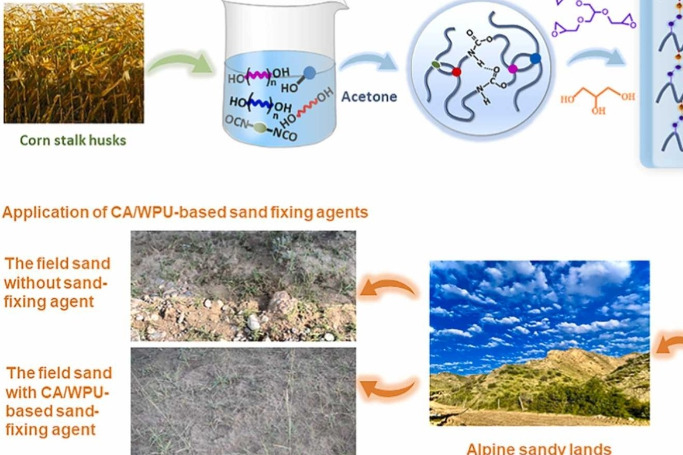Moon's bygone magnetic field
Moon's bygone magnetic field still present 2 billion years ago
BEIJING -- A new analysis of samples collected by China's Chang'e 5 mission has revealed that the moon possessed a weak yet still running dynamo magnetic field approximately 2 billion years ago.
Understanding the strength, structure and evolution of the lunar magnetic field is crucial for unraveling its internal structure, thermal history and surface environment.
The researchers led by those from the Institute of Geology and Geophysics (IGG) under the Chinese Academy of Sciences have analyzed 9 basalt samples returned by Chang'e 5 from the Oceanus Procellarum at the mid-latitudes of the moon.
These rocks offer a unique chance to explore the moon's magnetic history from 3 to 1 billion years ago, a period of time that still has ample room for exploration. This gap raises the interesting question of whether the moon had a long-lasting "dynamo" effect.
The result shows that the moon had a weak dynamo magnetic field during this period, around 2 to 4 microteslas or fewer than 10 percent Earth's current field strength, according to the study published on Thursday in the journal Science Advances as a cover story.
This finding helps fill a major gap in our understanding of the moon's magnetic evolution and suggests that the lunar dynamo lasted at least until its middle years, said Cai Shuhui, a corresponding author of the paper.
The researchers also hinted at an ongoing thermal convection in the moon's deep interior that may have provided extra heat for volcanic activity before the moon's magnetic field totally vanished.
The power driving the magnetic field could stem from processes like the lunar core's crystallization, wobble and the descent of dense primordial materials, according to the study.
The weak magnetic field detected in the Chang'e 5 samples points to the presence of a protective magnetic shield during this time, offering a benchmark for research into space weathering and volatile materials such as water on the lunar surface in the moon's midlife, said Cai.
Additionally, the research team published a study in the journal Nature last month, indicating an unexpected resurgence in the strength of the moon's magnetic field 2.8 billion years ago. The discovery was based on rock samples collected from the moon's far side by the Chang'e 6 lunar probe.
These two studies together suggest that the moon's magnetic field not only persisted into its midlife but may also have fluctuated during that time, said Cai.
In November 2024, an IGG team reported two volcanic events that occurred on the moon's far side 2.8 billion years ago and 4.2 billion years ago. Another study confirmed that the low-titanium samples collected by Chang'e 6 are approximately 2.83 billion years old, providing evidence of volcanic activity on the far side of the moon.
On June 25 last year, the Chang'e 6 lunar probe returned to Earth with 1,935.3 grams of lunar samples collected from the previously unexplored far side of the moon, while the Chang'e 5 probe, which returned to Earth on Dec 17, 2020, retrieved 1,731 grams of lunar samples, consisting primarily of rocks and soil from the lunar surface.
We are thrilled to extend a warm welcome to the China Scientist Awards!
Join us for the China Scientist Awards, a premier event in the realm of research. Whether you're joining virtually from anywhere in the world, this is your invitation to explore and innovate in the field of research. Become part of a global community of researchers, scientists, and professionals passionate about advancing research.
visit: chinascientist.net
Nomination Link: https://chinascientist.net/award-nomination/?ecategory=Awards&rcategory=Awardee
Registration Link:https://chinascientist.net/award-registration/
For inquiries, contact us at contact@chinascientist.net-------------------------------------Other website:
Nomination Link: https://chinascientist.net/award-nomination/?ecategory=Awards&rcategory=Awardee
Registration Link:https://chinascientist.net/award-registration/
For inquiries, contact us at contact@chinascientist.net




Comments
Post a Comment